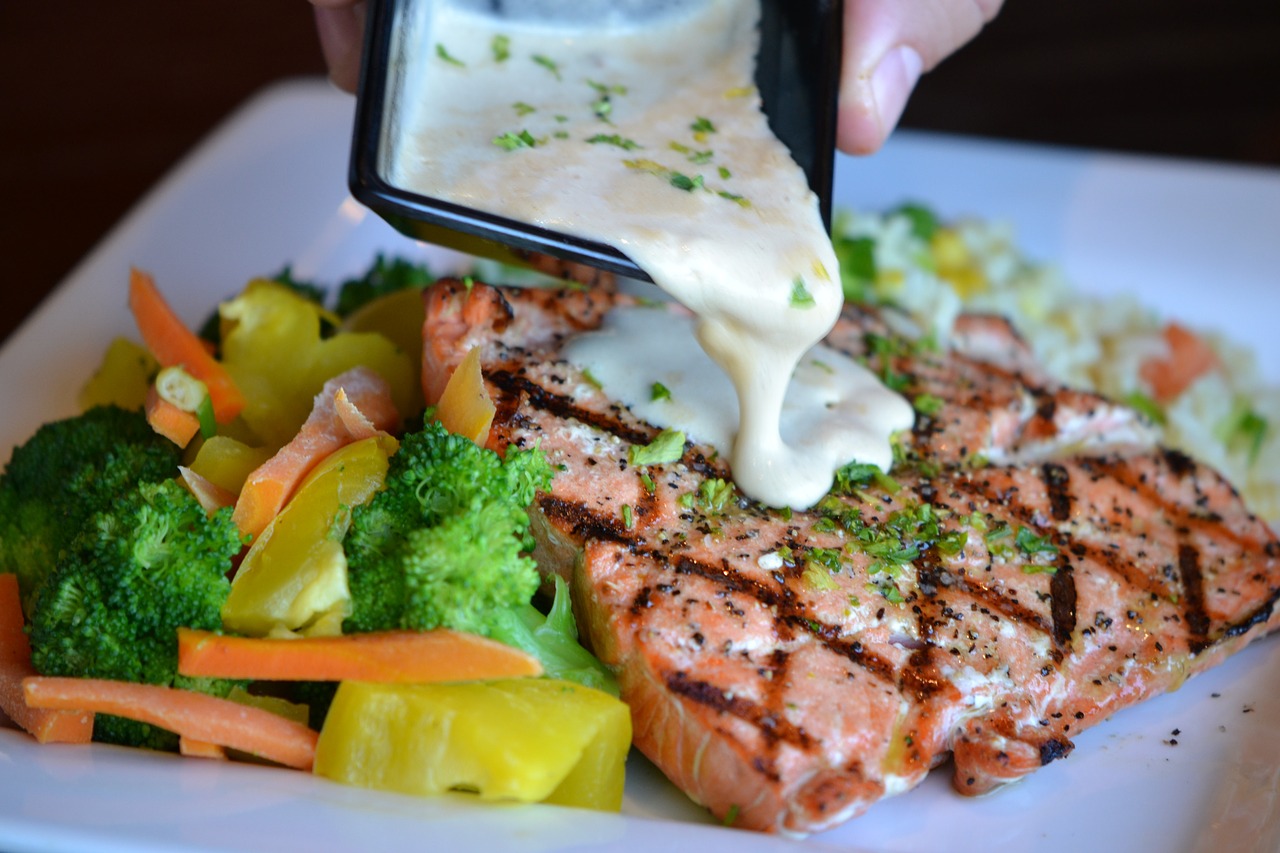America – it’s time to start cooking at home. According to the Principal Financial Group’s annual Financial Well Being Index, dining out is the no. 1 item we spend too much money on and it’s hurting our health. This company surveyed more than 1,100 American adults and found our preference for eating our meals away from home has expanded. In 2014, 22% of Americans spent the majority of their money on indulging at their favorite restaurants but the newly released index for 2016 indicates this rose to 25%.
Why Did the Numbers Rise and Why Is It a Threat to Our Health?
One of the more common reasons for frequent eating out lies in our busy lifestyles. When pressed for time, it is very convenient to eat at a restaurant if we didn’t plan ahead for something to fix at home. Eating out is also viewed as a way to treat ourselves with the added convenience of no dishes to clean up. Unfortunately another factor is many Americans, particularly younger adults, do not have good cooking skills hampering their ability to cook for themselves.
The threat to our health is the plain fact that eating out means more calories resulting in weight gain. You can just about tack on an additional 200 calories more each time you dine out than if you prepared a meal at home. Eating out means we tend to not just eat more food but also higher calorie foods. Extra calories add up quickly and if that is combined with infrequent or sporadic exercise, your waistline is going to expand. All of that excess weight gain has been shown to be associated with increased risks of developing heart disease, diabetes, hypertension, and stroke.
Smart Strategies When Eating Out
The very best strategy is to make eating out very occasional and eating at home the norm. But, this is unlikely to happen as our lifestyles will still be busy no matter what.
Face it, sticking to a healthy eating plan can be tricky when eating out but it doesn’t have to sabotage your entire dietary meal planning. All it takes are a few smart strategies along with a healthy dose of self-control. Here’s how to do it:
- Have a Plan
All great explorers, pioneers and other people who reach their goals always had a plan. This same rule applies to choosing where and what you will eat when dining out.
If you know you’ll be eating a big dinner, have a light lunch. Avoid going out to eat totally ravenous where you’re more likely to order a meal loaded with calories, fat, salt, and sugar. Choose water as your beverage – no calories plus it keeps you hydrated and it’s free. Be familiar with cooking terms looking for foods prepared steamed, broiled, baked or grilled. Limit fried and sautéed items or foods described as ‘crispy,” “rich,” or “au gratin.”
- Choosing a Restaurant
Number one rule – stay away from all-you-can-eat buffets. Too tempting and too likely you will end up wanting to get your money’s worth by taking advantage of loading up your plate.
Do your homework ahead of time by visiting websites to look at the online menu to see what is offered. Most chain restaurants and even some independent restaurants, will post nutrition information online allowing you to come prepared knowing ahead of time what you will choose.
- Be Choosy When Ordering
Be assertive with what you want to eat as most restaurants will try to be accommodating. Ask questions on food preparation questioning if you don’t know what a certain term means on the menu.
The key here is to think healthy as in ordering a well-balanced meal choosing healthier selections from different food groups – lean meat, low- or non-fat dairy, fruits, vegetables, and whole grains. As an example, a salad made of iceberg lettuce and chopped tomatoes smothered in salad dressing, is not exactly a well-balanced meal. Instead order a salad made with dark leafy greens, topped with several kinds of fresh veggies, dried or fresh fruit, lean meat, grilled chicken or fish. Ask for the salad dressing on the side and skip the croutons and bacon bits.
Restaurants are notorious for their large portions sizes. Consider sharing a meal with someone or take leftovers home for another meal. Order a healthy appetizer in place of an entrée adding a small side salad to go with it.
Substitute high fat French fries with a side salad, a baked potato or fruit. When ordering a baked potato, top it with healthy choices of salsa, chili or yogurt.
- Take Your Time Enjoying Your Meal
Leave enough time to slowly eat your meal as it takes about 20 minutes for your brain to get the message you are no longer hungry. Eating fast leads to overeating – eating slowly and you will end up eating less and feeling more satisfied.
Photo credit: pixabay.com




